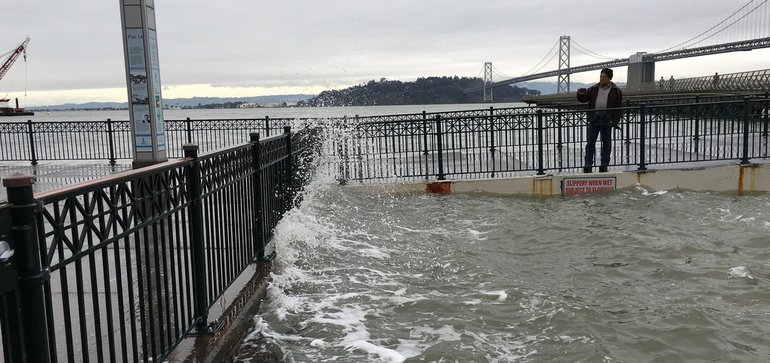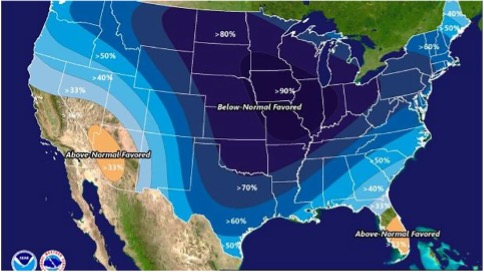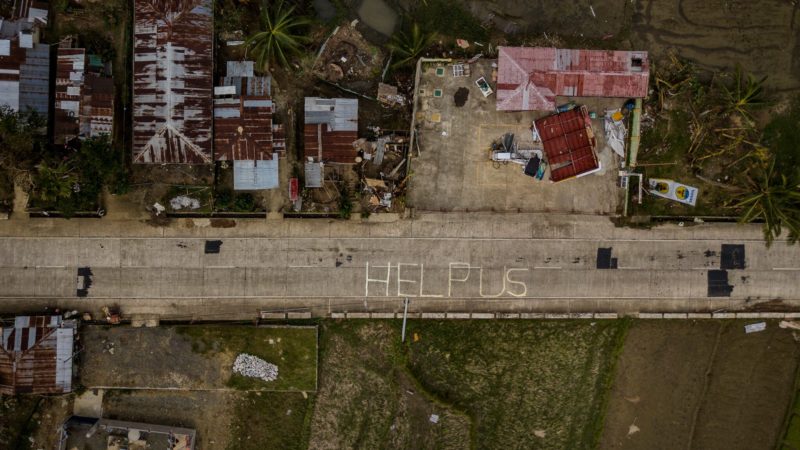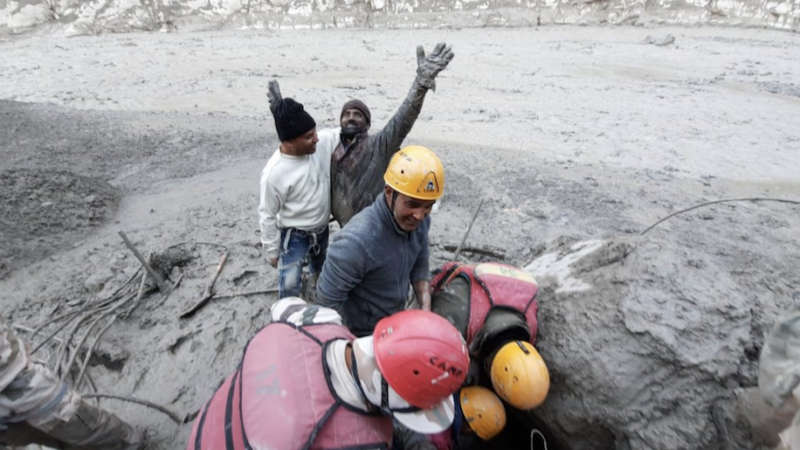Kim Slowey
June 26, 2019

U.S. coastal communities provide recreation and a laid-back lifestyle for those lucky enough to be able to live in such close proximity to the water, and the flow of tourists sustains small businesses that set up shop there. But all of this goes away if rising sea levels put these areas under water.
And according to a new report from The Center for Climate Integrity and Resilient Analytics, “High Tide Tax: The Price to Protect Coastal Communities from Rising Seas,” it’s going to cost about $400 billion in the next 20 years to make sure that doesn’t happen.
So what does $400 billion buy? It covers the construction of approximately 50,000 miles of coastal barriers in 22 states, which must be completed, the report said, in half the time it took to build the U.S. highway system.
The center’s calculations did not include protection for pieces of land that do not have major public infrastructure, like parks or wildlife refuges.
The center’s report focuses on the amount of seawall construction necessary to protect the country’s coastal real estate from a one-year storm surge, which is the level to which coastal water rises in any given year during a typical storm, according to historical sea-level data. But, according to experts who contributed to the report, sea level rise will be 6.5 feet by the year 2100. The report also noted that the country can right away expect more of the type of 13-foot storm surges that inundated the New York and New Jersey coasts during Superstorm Sandy in 2012.
In any case, the report’s authors wrote that their estimates are based on “modest” sea level rise projections.
Even so, the center said that protecting themselves from sea level rise will cost more than 130 counties a bare minimum of at least $1 billion and that 14 states are looking at a price tag of at least $10 billion. Florida alone, the center said, will have to pay $76 billion in seawall expenses.
These 20-year costs are just 10% to 15% of the total that these communities will have to pay in the future, according to the center.
The cost of protecting the country against sea level rise in the next 20 years is likely too much for cities and states to bear on their own, which means they will likely be looking to the federal government for financial help. There are a smattering of grants available to help communities with sea level rise, but none on the scale of the hundreds of billions of dollars identified in the report.



